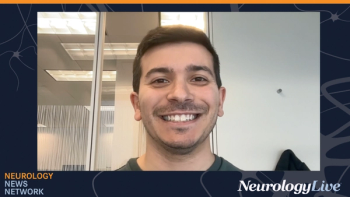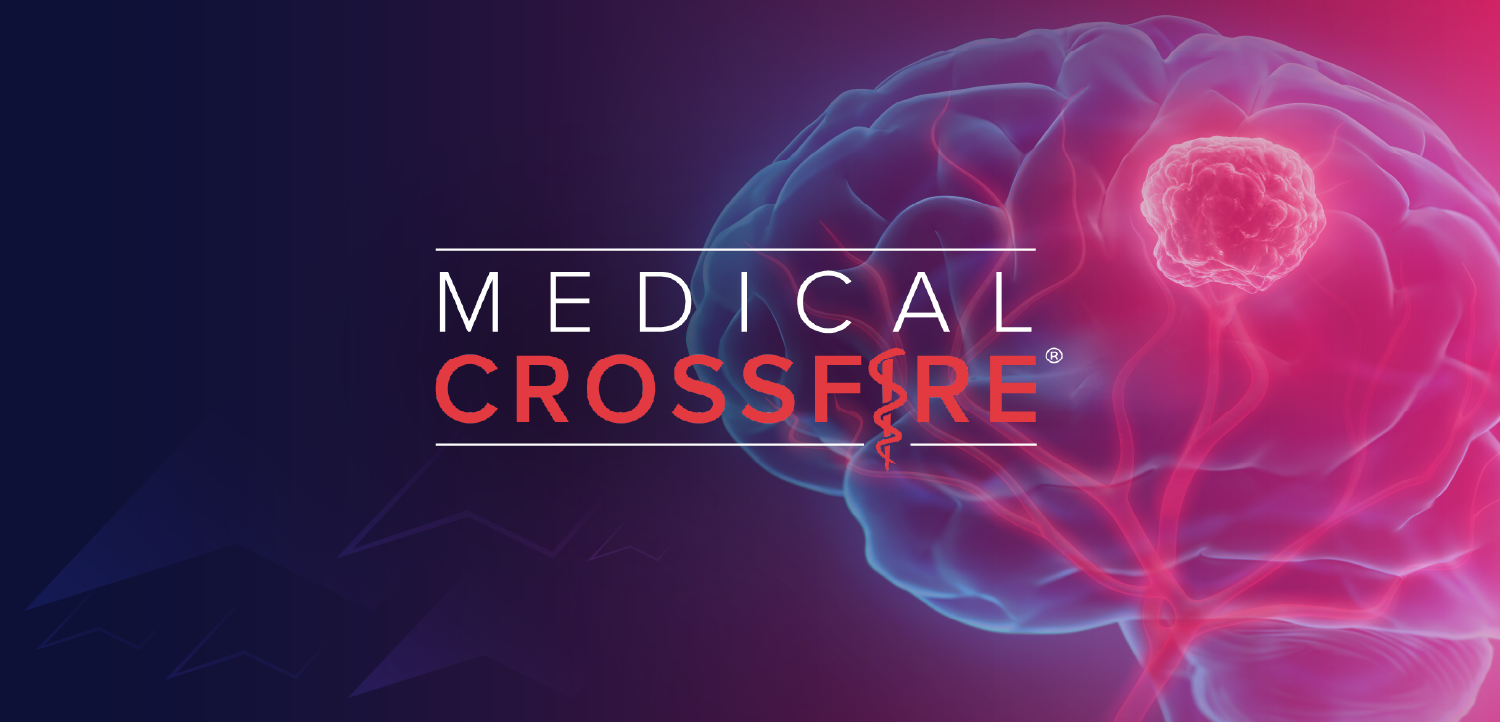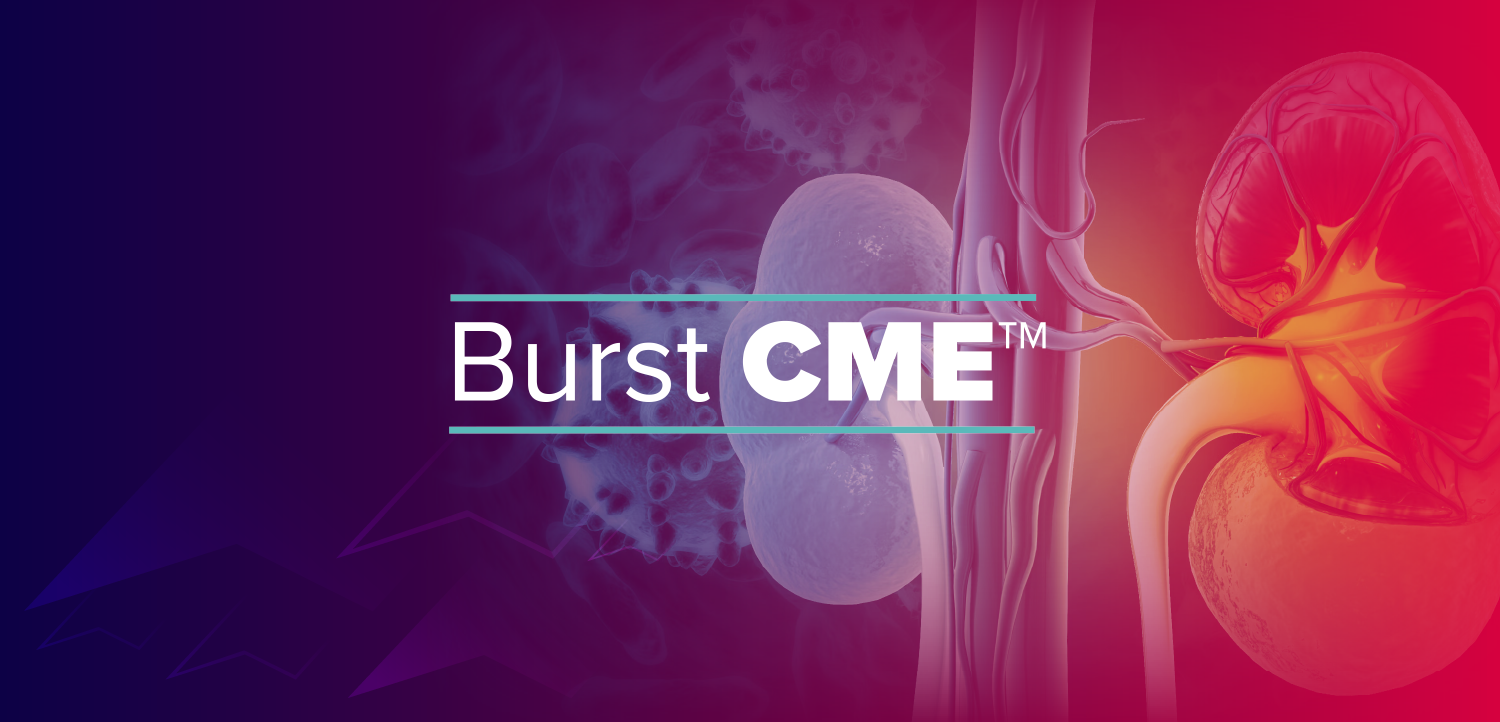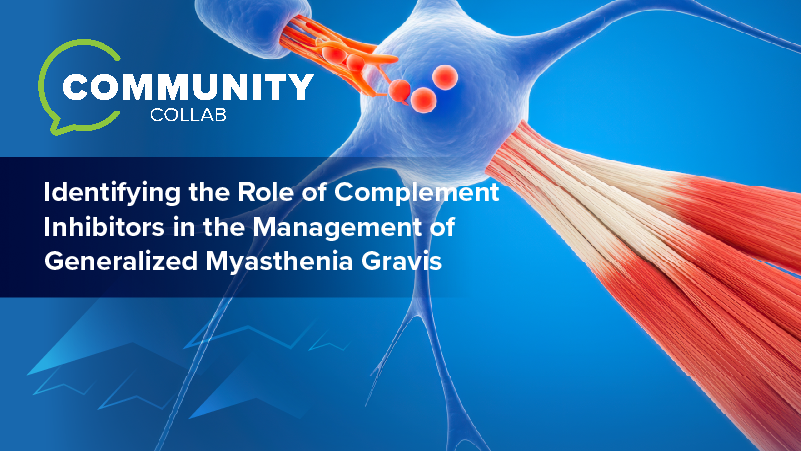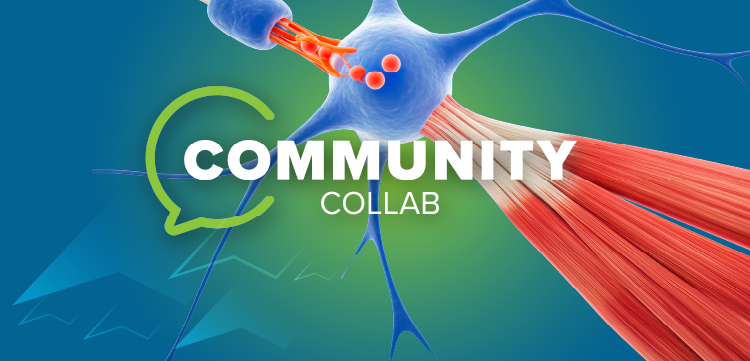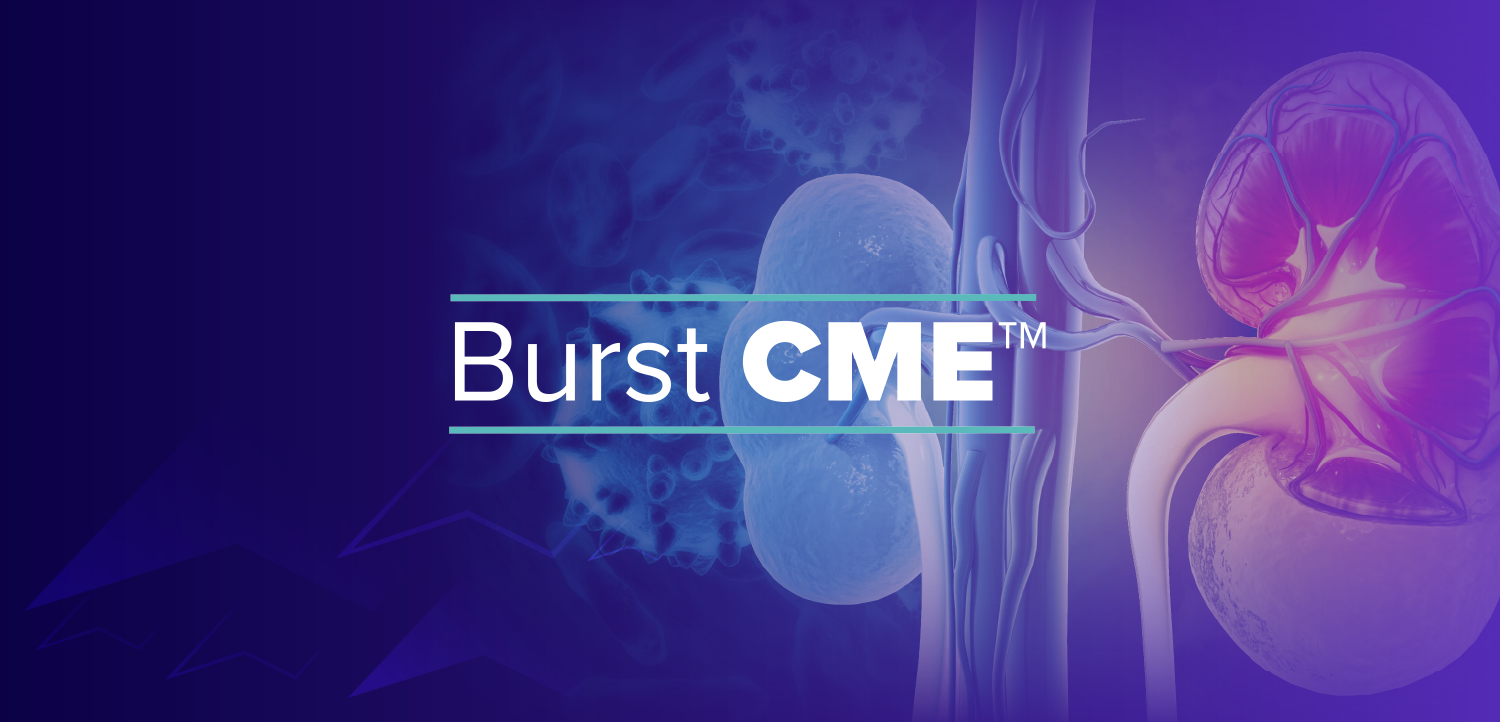
Honoring 2025 SEQUINS Hall of Famers: Perspectives From Cheryl Bushnell, MD, MHS

Cheryl Bushnell, MD, MHS, a professor of neurology at Wake Forest University, discussed her SEQUINS Hall of Fame recognition, her work on sex differences in stroke risk, and her ongoing efforts to improve stroke care equity.
The
The SEQUINS Hall of Fame, established in 2025, honors individuals who have significantly contributed to advancing equity in neuroscience. Inductees, which will be celebrated at the upcoming
To honor the 2025 inductees, NeurologyLive connected with the recipients to gather their insights on what being named a SEQUINS Hall of Fame member means to them, the presentations they plan to deliver at the upcoming meeting, their career trajectories, and how the landscape of brain health equity in neuroscience has evolved. Among them included Cheryl Bushnell, MD, MHS, professor of neurology and director of the Center for Transformative Stroke Care at Wake Forest University.
NeurologyLive: What does it mean to be named a 2025 SEQUINS Hall of Famer?
Cheryl Bushnell, MD, MHS: This is an incredible honor for me. I am an admirer of the TRANSCENDS program and have been fortunate to mentor some brilliant and exceptionally talented early career neurologists. Seeing all of their accomplishments is so rewarding, knowing they are going to shape the future of Neurology. However, I know there is still a lot of work that needs to be done to increase opportunities for neurologists from a variety of backgrounds and the patients they serve. Because there are so many disparities in neurologic disorders, and stroke in particular, I am continuously motivated to focus my career on studying these disparities and making a difference for all the communities of people who are impacted by stroke, and the neurologists who also represent these communities. Being selected for this honor galvanizes my efforts within our health system (where efforts are ongoing), as well as nationally and globally.
What inspired you to pursue a career in neurology, and how has your perspective on the field evolved over the years?
I started out as a neuroscience laboratory technician immediately after college. Learning about the brain (even though it came from a rat) at that early age and doing research that focused on learning and memory, as well as sex differences, shaped my career choice. I chose medicine over the lab because I wanted to help people and see the difference within a shorter time frame than it takes to translate from bench to bedside. I pursued neurology because I have many family members with dementia and some with strokes. However, during residency, I decided to focus on stroke because of the wide variety of research opportunities across the continuum, which spans pre-hospital, telestroke, acute treatment, neuroimaging, post-acute treatment, recovery/rehabilitation, and prevention.
As I began my faculty career in 2001, I realized that another major research gap was women’s health related to stroke. There was a growing literature on sex differences in heart disease, but almost nothing published related to stroke at that time. That motivated me during graduate school and stroke fellowship to write a K23 focused on women with stroke and the impact of hormone therapy use. Because of the publication of the Women’s Health Initiative and the increased risk of stroke and breast cancer with the use of hormone replacement, I pivoted to studying stroke in pregnancy and pre-eclampsia. With this research (and through my clinical practice), I realized there are clear health disparities among women who have strokes during pregnancy and outside of child-bearing years, with worse outcomes in those from under-represented communities. In the last 10 years, initially in collaboration with Pam Duncan at Wake Forest, we set our sights on developing and testing a new pathway for transitional post-acute care, based on a model that I developed along with our stroke nurse-practitioners for follow-up. This model of care (COMprehensive Post-Acute Stroke Services or COMPASS) was implemented at 40 hospitals across North Carolina. COMPASS laid the groundwork for my current comparative effectiveness trial of blood pressure management after stroke. This work is still focused on improving care for all people with stroke because it is a chronic disease, and the disability from it changes lives indelibly.
What went into the topic you choose to present? Give some background on what you plan to present.
My presentation topic is related to my interest in sex differences and stroke risks unique to women. As I mentioned above, my research career has been anchored in studying and writing about this topic. One highlight for me was the chance to be the writing group chair of the American Heart Association’s first Guideline on the Prevention of Stroke in Women, published in 2014. Ten years later, a substantial number of studies were published in this field. When I was approached to chair the writing group for the next update of the primary prevention guideline, I purposely included recommendations on female-specific risk factors so that this update was inclusive of some of the topics from the paper in 2014. We also made sure male-specific risk factors were included, as well as factors specific to sex and gender minorities. So, my topic will include some historical context of advances in the field, a summary of the recent primary prevention guideline recommendations, and a perspective on where the research gaps are.
Who have been your most significant mentors or influences in your career, and how did they shape your path in neurology?
I’ve had so many mentors and influencers in my career. My career really got off the ground thanks to mentoring from Larry Goldstein, who created the stroke research fellowship at Duke and assisted with my papers, grants (mentor for my K23 award), and networking within the stroke world, especially within the American Heart Association. Other mentors include Ralph Sacco, who would not have imagined he mentored me, but he provided me with some key advice along the path of my career. An amazing peer mentor has been (and still is) Louise McCullough. She has been such a trailblazer in the field of women and sex differences, especially from a translational perspective. Other influences include: George and Virginia Howard, Julie Freischlag, MD (CEO of Wake Forest), Ebony Boulware, MD, MPH (Dean, Wake Forest University School of Medicine and Chief Science Officer for Advocate Health), and Sally Shumaker, PhD (mentor for Executive Leadership in Academic Medicine and general career coaching).
How have you seen brain health equity neuroscience change during your career, and what work remains to be done?
Brain health wasn’t even a thing when I started my career! Basically, I have seen the evolution of stroke care (the opposite of brain health) from a focus on acute treatment to some emphasis on post-acute care, to now a push for brain health to prevent the factors that lead to stroke and dementia in the first place. We still have a long way to go to reduce care variation and set up clear pathways for patients all along the continuum, especially post-discharge. We should be tying brain health to post-stroke recovery much more. And, if we can place more emphasis on brain health in people under the age of 25 or 30 years, we could potentially have a major impact on reducing the impact of stroke and dementia on brain health. This is contingent on having increased access to care and services, which are not equitably provided currently. This is where we have the most to accomplish in my view.
Newsletter
Keep your finger on the pulse of neurology—subscribe to NeurologyLive for expert interviews, new data, and breakthrough treatment updates.


